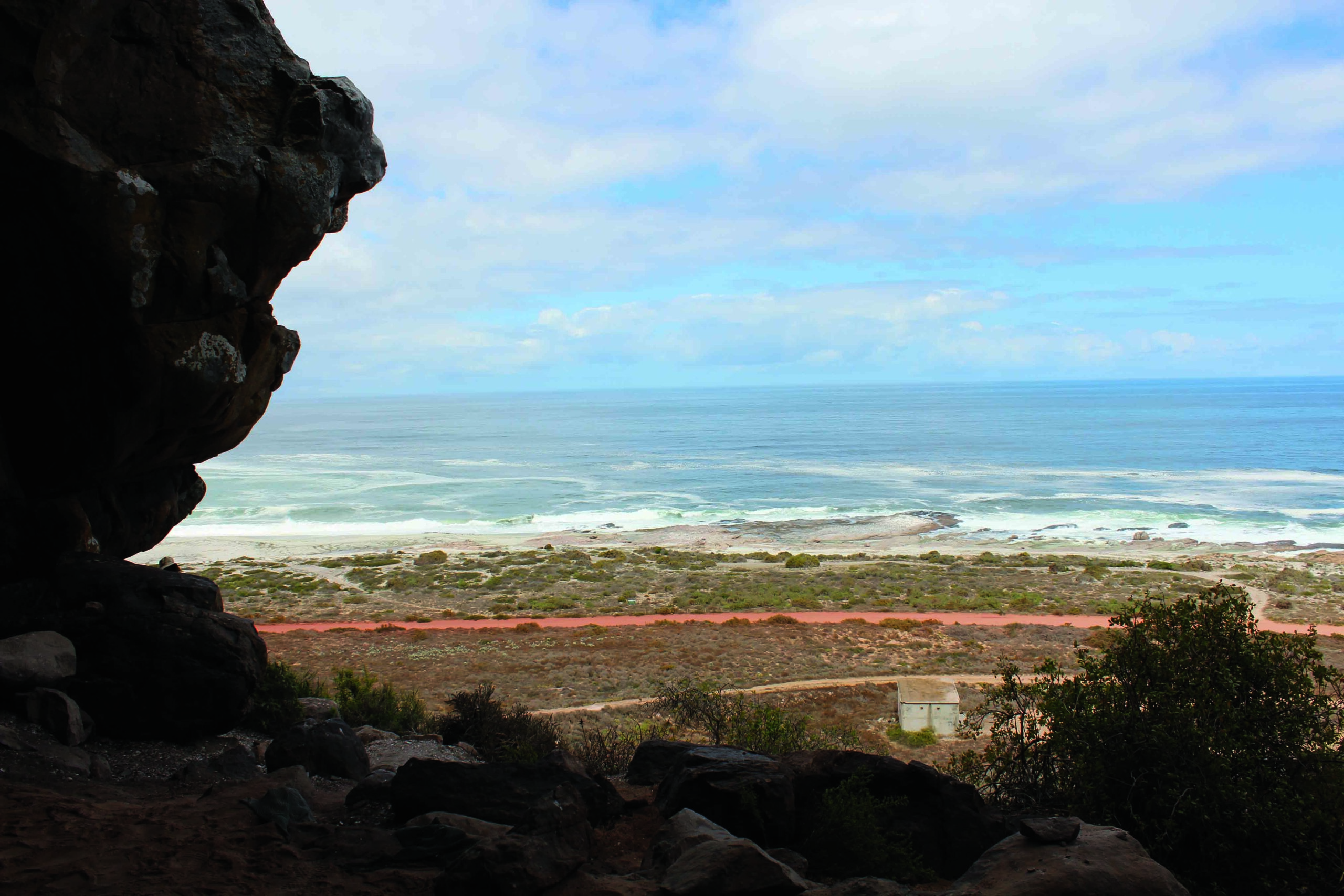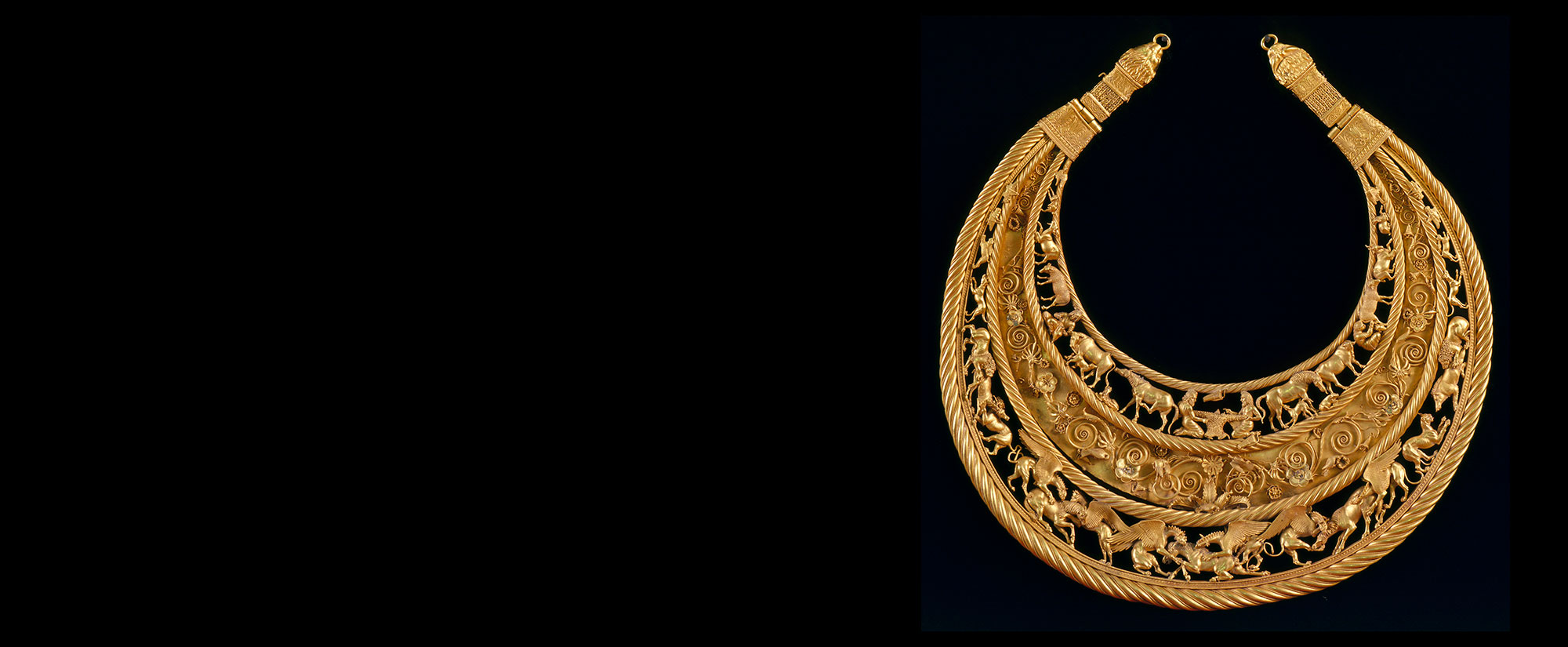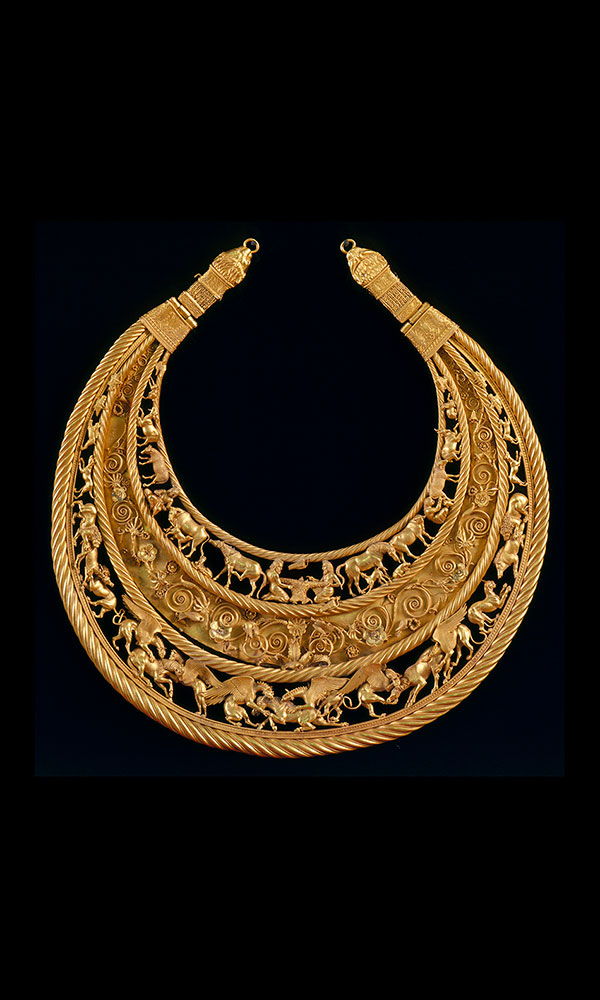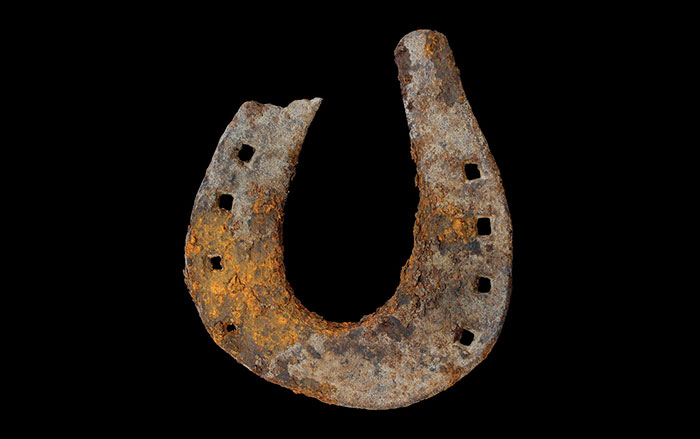
LONDON, ENGLAND—Cosmos Magazine reports that scientists led by Jennifer Parker of University College London created 3-D digital models of a fossilized bee nest found in South Africa near the 2.8-million-year-old remains of the “Taung Child,” in order to learn more about the environment in which it lived. Discovered in a limestone quarry in 1924, the Taung Child represents a young individual of the Australopithecus africanus species. The study suggests that the nest was built by an extinct type of bee that lived in the ground and built solitary nests. Parker and her team noted that these bees preferred bare, dry soil with good sun exposure, located near a reliable pollen source, supporting the idea that the Taung Child lived in a dry savannah environment, rather than in a cave. “It is not impossible that bees can nest in the ground, but underneath an overhang for example or in a shallow cave,” commented entomologist Michael Batley of the Australian Museum in Sydney. “Finding nests in the ground doesn’t mean it has to be right out in the open, but it wouldn’t be deep inside a cave,” he said. To read more about paleoanthropology in South Africa, go to "A New Human Relative."











